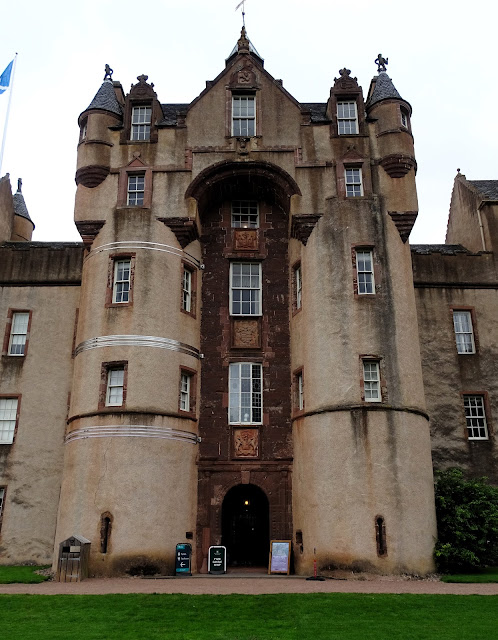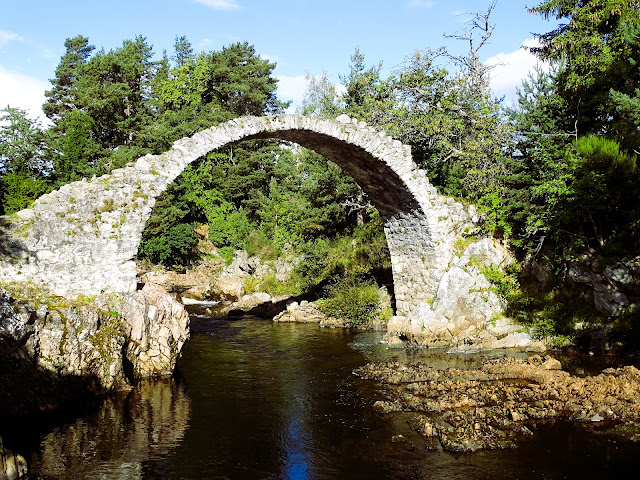
ST. ANDREWS REVEALED St. Andrews, a seaside town northeast of Edinburgh, is best known as the "Home of Golf." It is the largest European public golf complex - with seven golf courses, the most famous being the Old Course, purchased by the town council in 1894. In 1895, Thomas Hamilton, a businessman whose membership in the Royal and Ancient Golf Clubhouse was denied, built and originally opened the Grand Hotel overlooking the 18th hole. It was the first hotel in St. Andrews to have a pneumatic elevator and running hot and cold water in every room. The Hamilton Grand with a glimpse of the Old Course in the foreground. My first birdie on hole #1. Paul battles the brutal and noisy wind. Our fearsome foursome. Architectural highlights of our walking tour. The Cathedral ruins (above and below). Blackfriars Chapel ruins (above and below). St. Andrews Castle ruins. Clock Tower inside St. Mary's School of Divinity Quadrant. St. Andrews Cathedral. The University of St. Andrew


